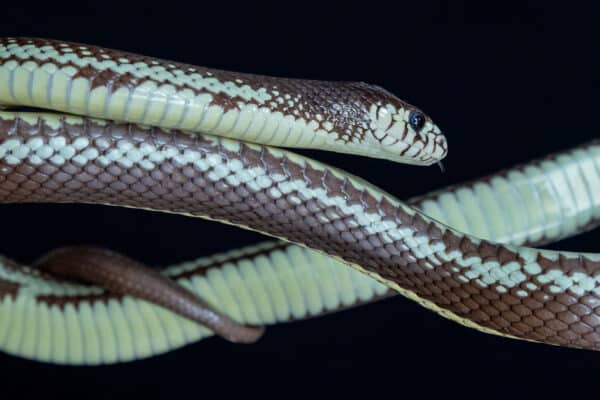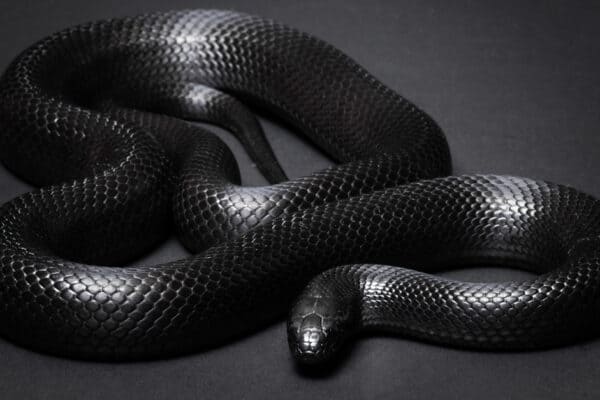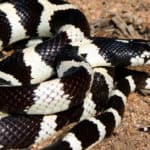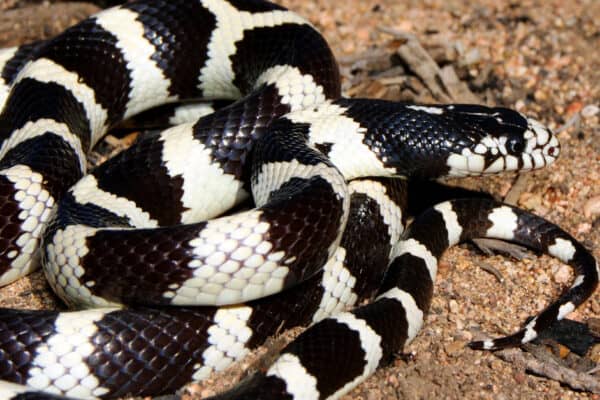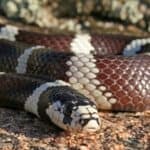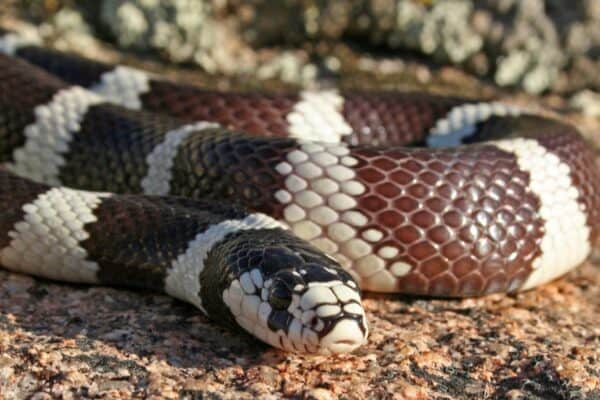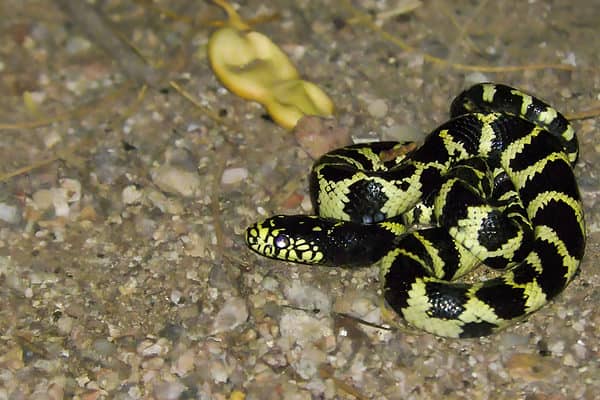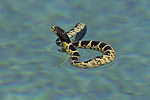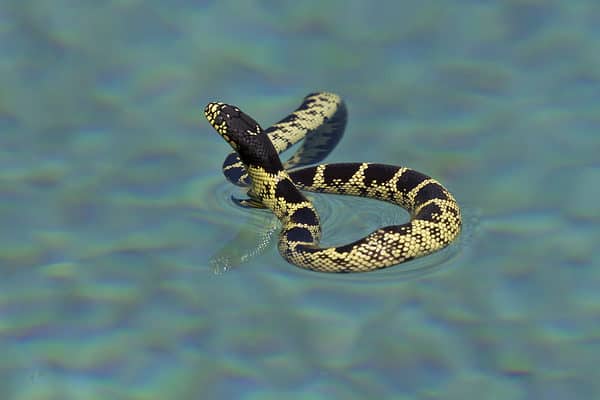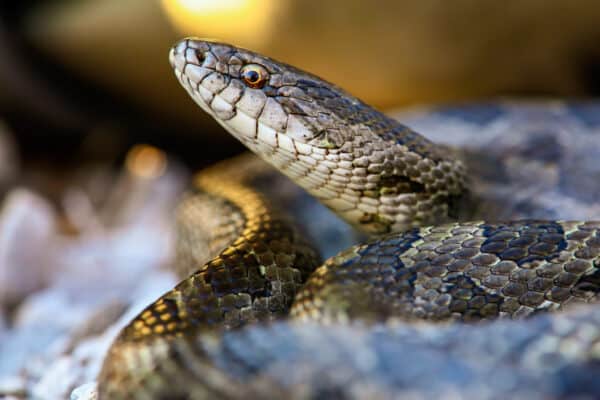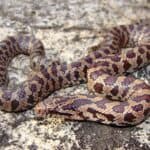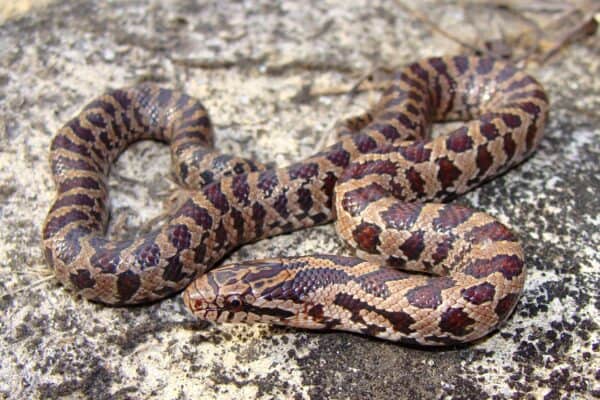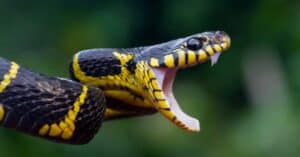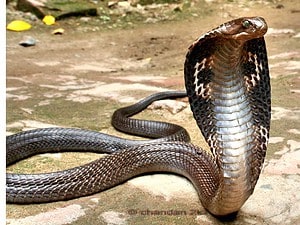Welcome to the King Snake Quiz! King snakes are a type of nonvenomous snake that is found throughout North and South America. They are known for their beautiful and distinctive color patterns and are often kept as pets due to their docile nature.
These snakes are also important to their ecosystems as they help control populations of rodents and other pests.
Test your knowledge of these fascinating snakes and see how much you really know about king snakes!
Facts About King Snakes
King snakes are fascinating creatures that have intrigued both scientists and snake enthusiasts for many years. These nonvenomous snakes have a unique set of characteristics that make them stand out from other species. They are known for their striking appearance, their ability to eat other snakes, and their immunity to venom.
These snakes are named for their tendency to prey on other snakes, such as copperheads and rattlesnakes, which they are immune to. Interestingly, they sometimes exhibit cannibalistic behavior, even when targeting members of their own species.
Here are some interesting facts:
- Milksnakes are sometimes referred to as kingsnakes because of a historical myth that suggested they suck milk from cows.
- To deter potential predators, kingsnakes make sudden and rapid movements that showcase their patterned bands.
- Kingsnakes are capable of consuming various types of snakes, including venomous ones.
- Kingsnakes employ constriction as a method of killing their prey.
Where Do Kingsnakes Live?
California kingsnakes can be found in a variety of habitats, ranging from marshes and grasslands to forests, scrublands, and deserts, throughout California, neighboring states, and northern Mexico.
Kingsnakes have a particular aptitude for preying on other snakes, even their own species. They have been observed to feed on venomous rattlesnakes and possess an impressive level of immunity to their venom. Additionally, kingsnakes contribute to rodent control by consuming mice and rats.
The kingsnake is a beneficial reptile as it preys on various types of animals. It has the ability to resist the venom of rattlesnakes, and will even consume them. Additionally, kingsnakes feed on rodents, contributing to the control of their populations.
In terms of hunting, kingsnakes rely on constriction rather than venom to kill their prey. Overall, the kingsnake is a valuable predator to have in its habitat.




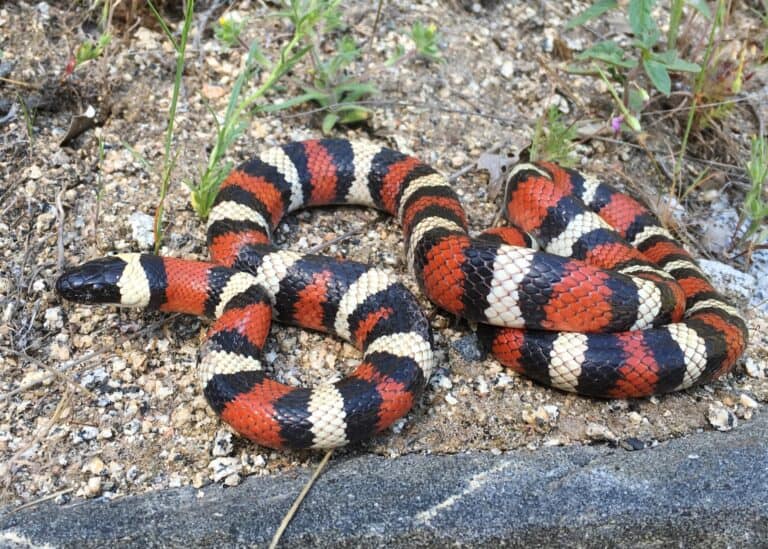

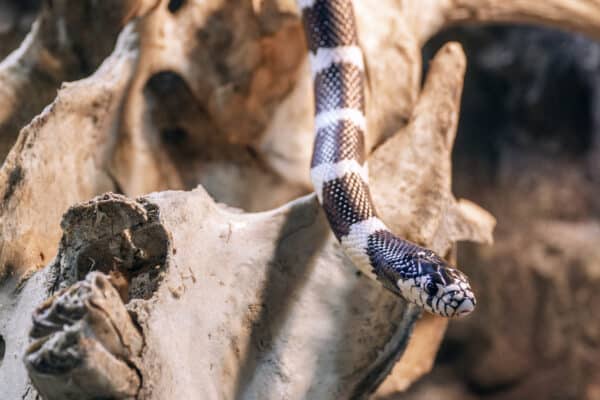
 Ann May Snz/Shutterstock.com
Ann May Snz/Shutterstock.com
